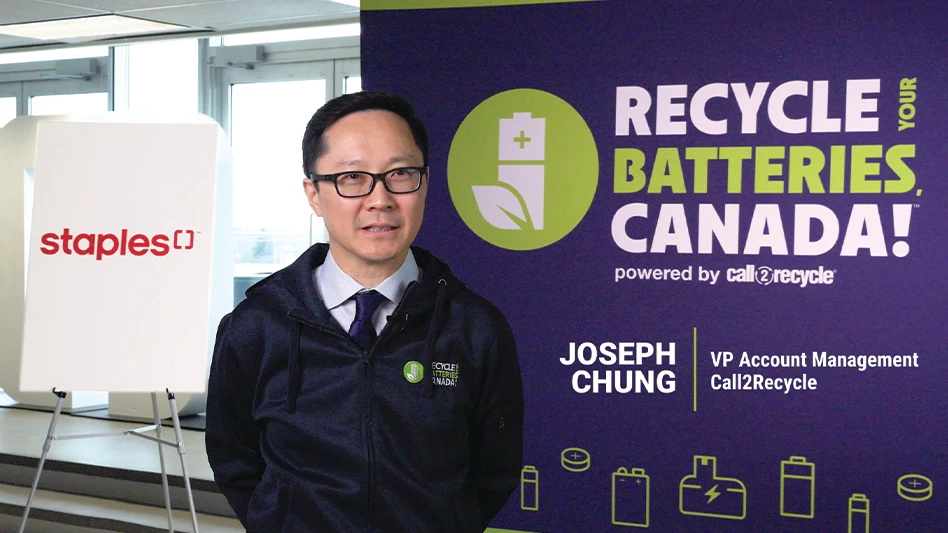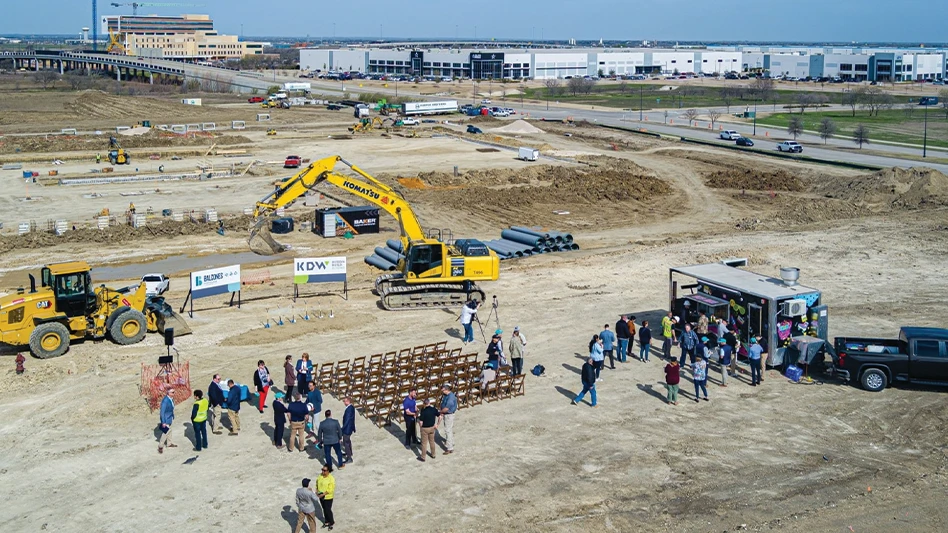
In insurance, an underwriter’s job is to determine whether a company represents a good risk. A recycling company’s safety record directly affects this determination, said Stephen Fuoco and Jason Maslin of Bradley & Parker Inc., an insurance, risk management and financial services firm headquartered in Melville, New York.
Given this direct relationship, and for so many additional reasons, recyclers should prioritize safe operations.
During a session at the Institute of Scrap Recycling Industries (ISRI) 2022 Convention & Exposition in Las Vegas this March, Fuoco and Maslin shared their advice for how recyclers can control business insurance costs and increase profitability by prioritizing safety and reviewing their claims:
1. Join ISRI’s Circle of Safety Excellence (COSE). Maslin said joining ISRI’s COSE initiative, which brings together like-minded companies to share best practices and safety data to improve the safety of their operations, demonstrates to an underwriter that company is a better risk. The COSE program also provides safety benchmarks and webinars, coordinates safety outreach and recognizes members with occupational safety awards.
“While there are many underwriting factors, most insurance underwriters will look favorably on a recycler that’s an active ISRI and COSE member,” Maslin said. “It’s especially true for RecycleGuard, which is the ISRI-sponsored [insurance] program.”
Fuoco added that while underwriters primarily look at a recycling company’s claims, they also consider its safety practices. “Especially if you have bad claims, the next question they ask is, ‘What are you doing to stop future claims? What are you doing to be safer?’” He said that if a company can say it is an active COSE member, “that’s a great answer, and if you can’t say that, it’s equally bad.”
Bradley & Parker provides insurance to a number of industries and safety is important for all of them, Fuoco said, “but it’s critical for recyclers. … It’s a really dangerous business. Safety matters more with recyclers than any industry that we work with. So, we recommend considering COSE because it shows an underwriter that you’re serious.”
ISRI’s Vice President of Safety Tony Smith, who moderated the session, explained that COSE members share their safety metrics, including total recordable incidents and total lost-time injuries. The information is anonymized before it is compared with data from other COSE members and non-COSE members as well as with data from the Occupational Safety and Health Administration and Bureau of Labor Statistics, he said.
Only ISRI’s safety staff knows a specific company’s data. “If they’re out of line or out of whack with the industry, we get in touch with you and we ask if we can help,” Smith said.
2A. Know your loss ratios. Fuoco said this key metric—claims divided by premiums—is “the most important ratio in the insurance business.” Companies with a loss ratio of 20 percent or lower are best in class, he said, while those in excess of 80 percent are “trouble” for an insurer. Average companies have loss ratios that range from 20 percent to 50 percent.
“These are not scientific numbers,” Fuoco explained. “These are numbers that I’ve gathered based on 34 years of experience.”
2B. Order loss runs and review your claims. Loss runs will show a company the claims that have been paid and the funds that are in reserve to pay additional claims that the insurance company expects as a result of an incident, Fuoco said. He recommended ordering loss runs at least three months before a policy renewal date and three months after it, reviewing the associated claims each time with the insurer.
Fuoco said this review can help a company with risk management as well as reduce claim reserves or close claims, lowering a company’s loss ratio and reducing its premiums.
Fuoco added that most companies don’t take the time to examine their loss runs and review their claims three months after their policies renew. He advised doing so and working with the underwriter to lower reserves. “And, more importantly, that’s when you should make decisions: What kind of training is my company going to do to counteract what’s on my loss runs?” Fuoco said, noting that such a review can help companies identify repeated incidents that led to claims.
“If you’re not looking at your loss runs, you’re missing an important piece of information,” he added.
3. Have a great insurance submission. Insurance submissions consist of an executive summary, the acord and supplemental applications, Fuoco said. The executive summary explains a company’s loss ratios and details its risk management initiatives, such as COSE membership. The acord and supplemental applications include sales, payroll, vehicles, equipment and locations. He said most companies do not review their insurance submissions before they go to the underwriters. “Don’t let that be you because you don’t get a second chance for a first impression.”
Regarding the executive summary, Fuoco said, “Sometimes what I’ve found is when you go to write these stories, you realize you don’t really have a good story.” That’s the “kick in the butt that sometimes you need,” he added.
4. Form safety committees. Fuoco recommended scheduling standing safety committee meetings. He said they should be led by a respected employee and include owners and representatives from various departments. “If owners are not a safety meeting, you’ve lost 50 percent of the muscle or effectiveness,” he said.
The agenda should include worst loss ratio area(s), and everyone should be encouraged to participate.
5. Interview key employees. While Fuoco said this is “rarely done,” he recommends it because it will reveal risks, produce innovative and effective solutions, make employees feel more appreciated and increase staff buy-in. However, he recommended using an outside company to perform the interviews so employees will talk more freely.
Fuoco suggested selecting up to 10 employees who are “trusted and respected and whose opinion you value.”
An interviewer will ask as many as 10 questions that he or she has crafted with the company “to try to uncover what are the safety perils out there in your company,” he said. If the selected employees know that their answers are anonymous, they might say things they wouldn’t have otherwise, he added.
6. Focus on safety training. The better a company’s safety training, the fewer the insurance claims and the better the loss ratio.
“You learn at the safety committee meeting what’s really wrong, you learned on the loss history spreadsheet where your problems are [and] you’ve identified your frequency, now set up your training to fix it,” Fuoco said.
7. Engage in a policy inventory and four-most review. Maslin said a policy inventory and Bradley & Parker’s four-most review find the four biggest weaknesses in a company’s insurance policies and estimates the cost to fix them. This provides a way to ensure insurance policies match a recycling company’s changing risks and exposures.
“In less than one hour, you can be confident that you’re protecting your assets,” he said. “And then you can decide the next steps based on budget [and] culture that you want specifically.”
By emphasizing safety and scrutinizing their safety-related insurance claims, recycling companies can show potential insurers that they are a bet worth taking.

Explore the May 2022 Issue
Check out more from this issue and find your next story to read.
Latest from Recycling Today
- Recycled steel price crosses $500 per ton threshold
- Smithers report looks at PCR plastic’s near-term prospects
- Plastics association quantifies US-EU trade dispute impacts
- Nucor expects slimmer profits in early 2025
- CP Group announces new senior vice president
- APR publishes Design Guide in French
- AmSty recorded first sales of PolyRenew Styrene in 2024
- PRE says EU’s plastic recycling industry at a breaking point






